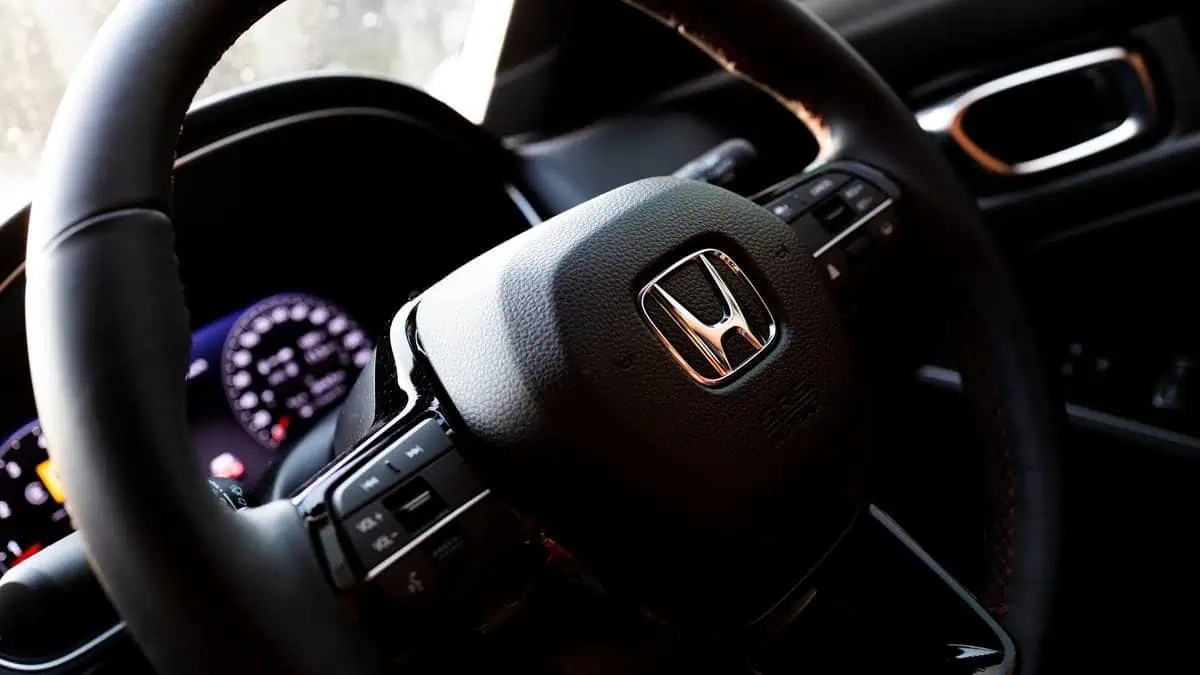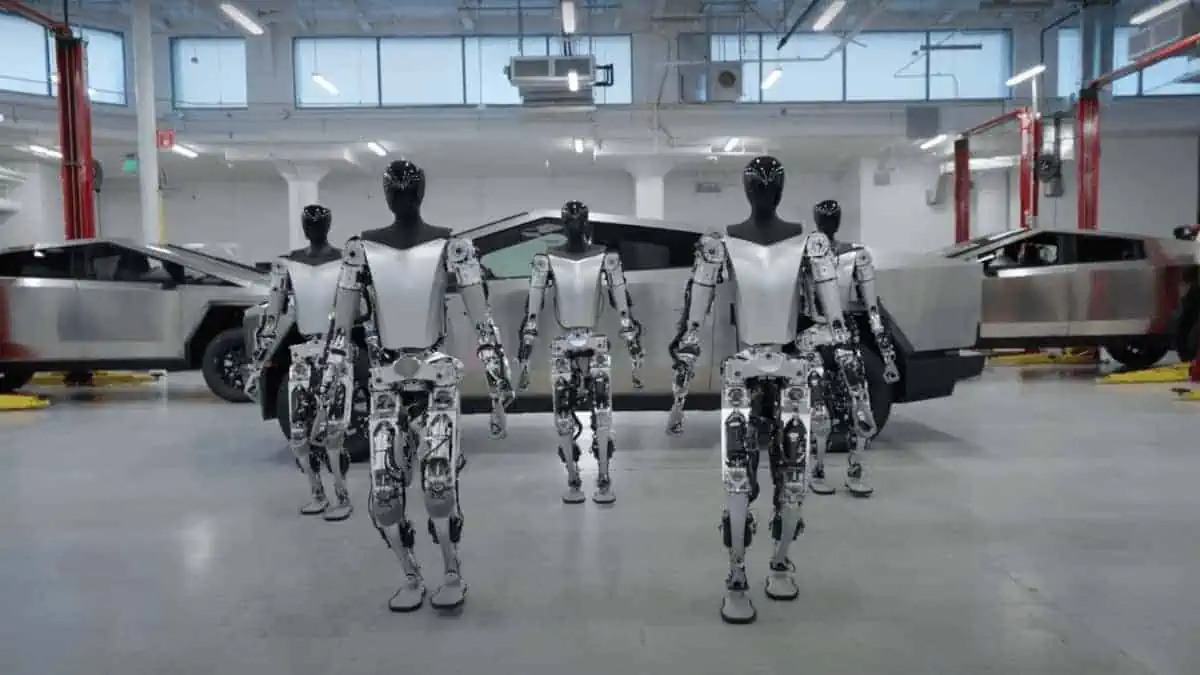The first unit was delivered to Gachaco Inc., a battery-sharing service made as a joint venture (JV) between the Japanese oil and energy company Eneos and motorcycle manufacturers Kawasaki, Suzuki, and Yamaha, according to autoevolution.
The company is based in Tokyo and receives support from the city’s government to achieve its 2033 goal of phasing out the gasoline from all new motorcycles.
In addition, Honda also aims to reach carbon neutrality for all corporate activities and products by 2050.
By widening the use of renewable energy, the company hopes to help accelerate and expand electrification. This phenomenon is currently happening around the world. Several key factors need to be addressed, like high battery costs, long charging time, and short range, to be fully adopted.
How does the battery swapping station work?
It charges multiple Honda Mobile Power Pack (MPP e:) units. Each battery pack has a 1,314 Wh capacity and takes around five hours to replenish.
The users of EVs come with the MPP e: will be able to access fully charged batteries, enabling the efficient use of electrified mobility products. There’s no longer a need to wait for the battery to charge when you can stop by the station, easily swap the MPP e:, and go about your day.
Gogoro is a Taiwanese company promoting and using this technology for years. The company unveiled its first scooter and used the Gogoro Network to power it in 2015.
There are more than 2,000 battery charging stations across Taiwan where riders can replace their batteries with fully charged ones. The process only takes around two minutes, faster than pumping gas.
Notably, this technology is proven to work in Taiwan. Honda decided to take on the mobility giant by creating its technology. It might take inspiration from Gogoro as Honda’s battery-swapping station has a similar design to Gogoro’s station.
Basically, it looks like some kind of vending machine where a bunch of battery packs slides in and out of slots. Its straightforward exterior design has been chosen to match the background of public spaces.
Moreover, it utilizes the Honda Power Pack Cloud system to manage and centralize all the required information.
In the case of a power outage, a single charged battery could power the entire exchanger station so commuters would not get trapped there.
For instance, you have a vehicle with an MPP e: battery pack. The first step would be to sign up for Honda’s system and get a unique IC card.
While driving and you start to notice that your battery runs low. You can pull up to the nearest station and walk to the touchscreen monitor. Once the system identifies your IC card, you may get your discharged battery out and exchange it for a fully charged one.
Honda to expand battery swapping network in other countries
Honda looks to expand it in other counties – it has established a subsidiary company to sell electric tricycle taxis in India, also called rickshaws. The vehicles use the battery-sharing service.
Overall, this type of service could be the future of urban mobility. It’s easy to use, contributes to the awareness of a low-carbon environment, and stops the stress of running out of battery and long charging times.
Although two-wheeled vehicles are not as famous in other parts of the world, if things go well in places where battery-sharing is possible, we might see a global application soon.






